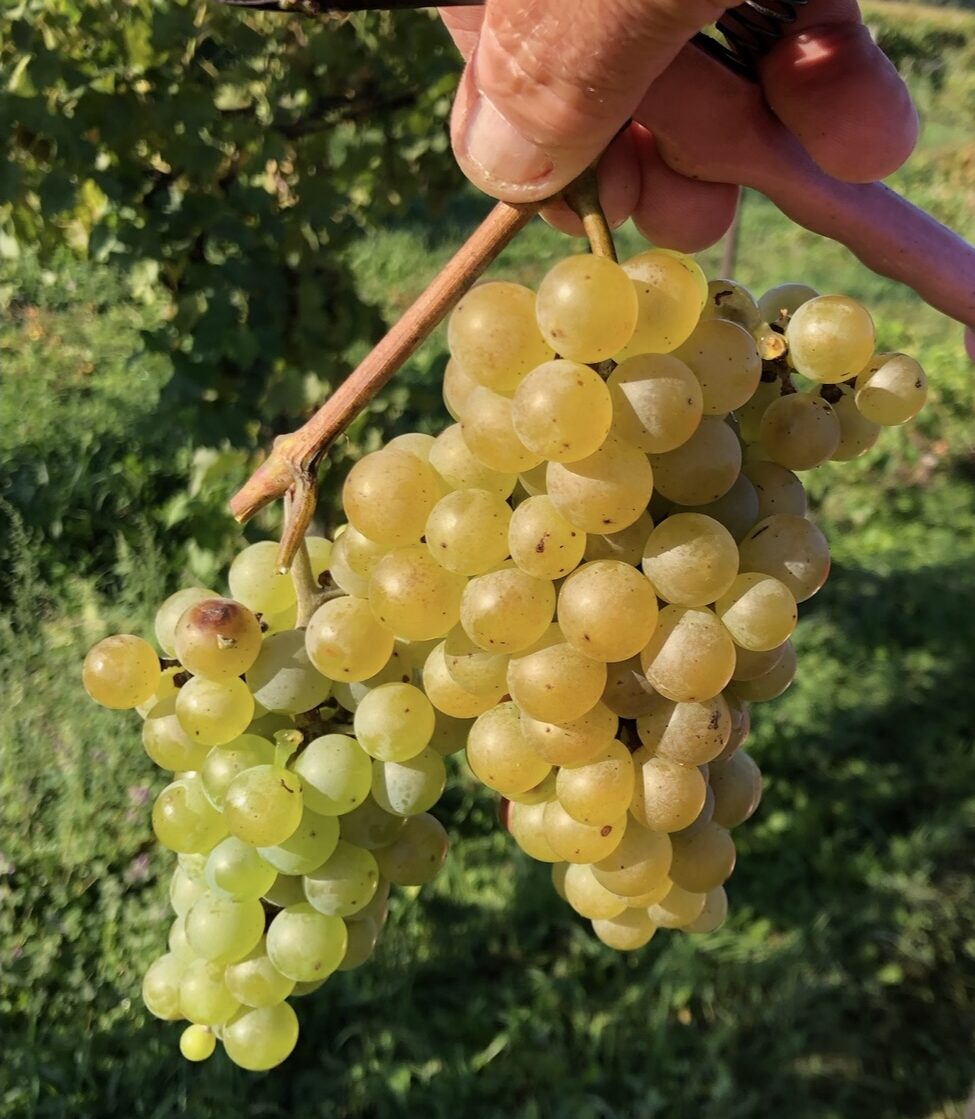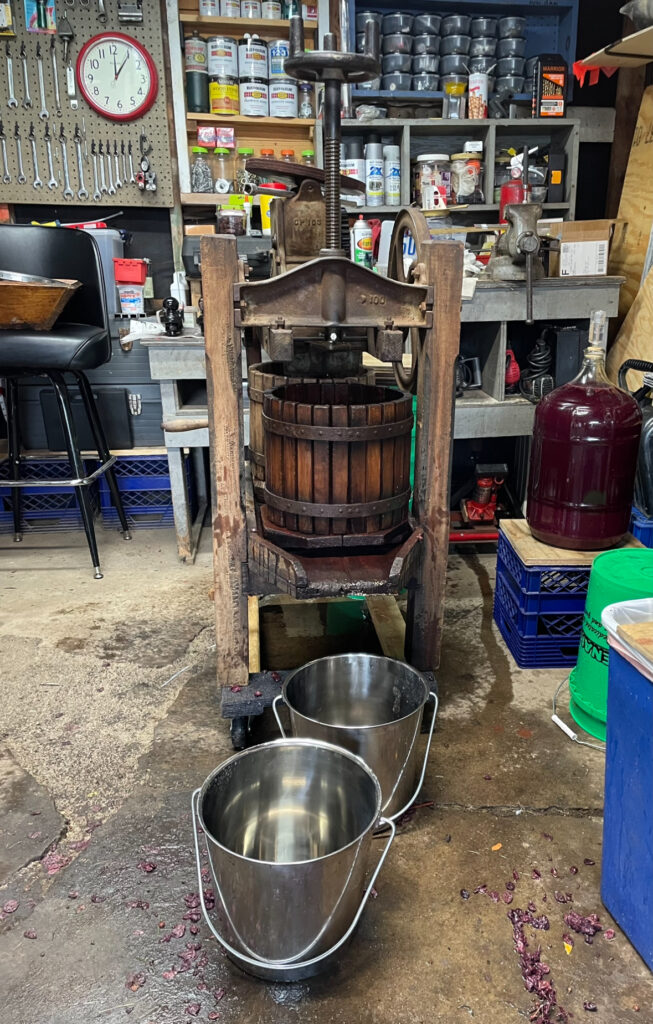American winemaking calls to mind, for many, California. In truth, its history is deeply entwined with that of the country’s heartland.
The Midwest is home to 16 federally designated grape-growing regions spread across the states of Illinois, Indiana, Iowa, Michigan, Minnesota, Ohio, and Wisconsin. These American Viticultural Areas (AVAs) each have distinct features that affect the viability of varietals, how the grapes are grown, and the terroir or characteristics of the wines they yield.
LAWRENCE BOVA, INDEPENDENT WINEMAKER“The process of [winemaking]–it’s the passing of time, it’s the passing of the seasons. You gotta fall in love with the process.”

Michigan is located on the 45th parallel (halfway between the equator and the North Pole), a distinction shared with other notable winemaking regions, including sectors of France’s Burgundy and Bordeaux, Italy’s Piedmont, and Oregon’s Willamette Valley. Among the most prominent AVAs in the state today is the Lake Michigan Shore region, with a terroir informed by a fruit-forward, balanced, and food-friendly profile, more closely akin to the wines of Europe than their domestic counterparts.
In Berrien Springs, Michigan, at the heart of this region, is Lazy Acre vineyard. It is notable for being one of only a handful of “U-pick” vineyards where you can still hand-harvest grapes at a dollar a pound, including, in recent years, sought-after winemaking varietals including chambourcin and seyval.
This type of vineyard is especially valued by independent winemakers, who alongside the Midwest’s thriving commercial wineries, continue the craft as it has been practiced on a small scale for generations.
Lawrence Bova of Dyer, Indiana, has been making wine for over 20 years. “You don’t have to be an expert winemaker to make wine. Anyone can do this. It’s a pretty simple process, especially with traditional methods,” he says. “The process of it–it’s the passing of time, it’s the passing of the seasons. You gotta fall in love with the process.”
The wine press Bova uses is almost 100 years old. It’s an all-in-one mechanical press that crushes the grapes and presses them to extract the juice. “It could last another hundred years if you take care of it. I love things that are mechanical, not electronic … It hearkens back to a simpler way of life. You know, it’s almost as old as man, winemaking,” he shares.
The nearby town of Valparaiso is home to Anderson’s Winery and Vineyard, one of the region’s oldest vineyards. It’s located on the mineral-rich Valparaiso Moraine–the highest point in northwest Indiana–formed thousands of years ago by the glaciers that forged the Great Lakes. Anderson’s began in 1927 as an apple orchard, with successive generations of the Anderson family maintaining it until 1994, when it was sold to David Lundstrom, who replaced the aging fruit trees with grape vines.
According to current owner, Deanna Fyock, who acquired the property in 2018, “At one time there were 10,000 vines on 12 acres, [and] 12 different varieties of grapes.”




While the vineyard no longer produces estate wines, the wines they do produce use grapes from other AVAs including those in Indiana, which remains the second-largest wine appellation of origin (as part of the Ohio River Valley AVA) in the United States.
Winemaking continues to thrive in the Midwest, both at a commercial scale, and through the practices of independent winemakers; a quiet part of the collective American heritage shared by the crop and livestock farms that continue to feed our culture in body and spirit.
